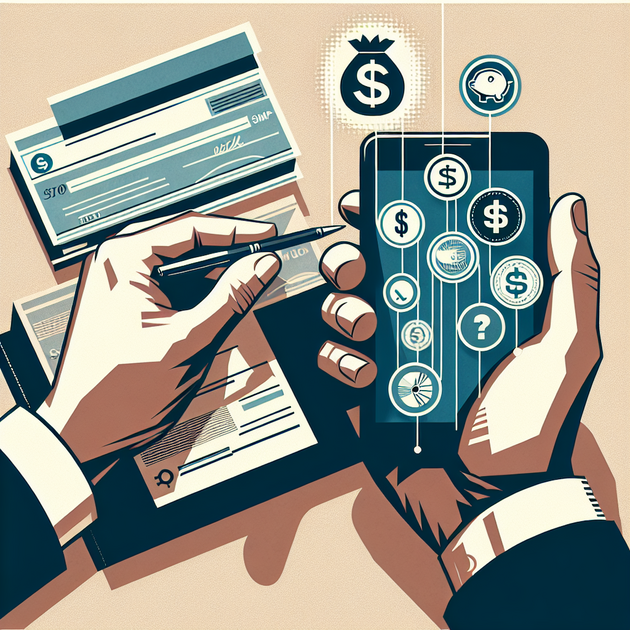If a vendor asks you to provide your bank details over the phone to collect a delivery deposit, you’re right to ask about ach payment safety. With an $8,000 shed on the line and an $800 deposit due before delivery, it pays to know how ACH transfers work—and what risks might come with sharing your account information.
How Do ACH Payments Work?
An ACH (Automated Clearing House) transfer lets vendors move money directly between bank accounts. To initiate one, the recipient usually needs:
- Your routing number
- Your account number
These details are on any personal check. Most U.S. bill pay and direct deposits use this system. Unlike credit cards or wires, though, you’re trusting someone not just with the ability to deposit funds—but potentially also to pull money out.
ACH Payment Safety Risks When Sharing Bank Info
Handing over your account and routing numbers isn’t like giving out a password or Social Security number. Still, you should know a few things:
- Legit businesses can’t just take unlimited funds: U.S. banks require written or recorded authorization before processing most withdrawals.
- You have legal protections: If unauthorized money leaves your account via ACH, you can dispute it under federal law (Regulation E). Quick action is key—you usually have 60 days.
- The risk of fraud exists: Someone with your account details could try unauthorized debits. That’s why authorization is required.
Still worried? You’re not alone—many prefer safer methods.
How Can You Protect Yourself When Paying Deposits?
Here’s how to lower your risk while keeping the process smooth:
- Ask for an invoice or signed agreement first. Never send money based only on a quote—even from reputable vendors.
- Insist on written authorization forms. Legit companies will provide these before initiating an ACH withdrawal.
- Use alternative payment options. Certified checks or credit cards offer extra layers of protection.
- If paying by phone: Make sure you call the company’s listed number—not one provided in an email or text.
- Monitor your account closely after payment.
Many banks now offer “ACH blocks” or alerts so unusual withdrawals are flagged right away.
A Real-Life Example
A homeowner once ordered custom cabinets from a highly rated installer who requested an $800 deposit by ACH before starting work. The homeowner asked for an invoice and insisted the company email an official authorization form before handing over any banking info. After receiving both—and confirming the company’s phone number—it all went smoothly. The cabinet maker only withdrew the agreed $800, then delivered as promised.
This approach gave both sides peace of mind and established trust early in the process.
Your Recourse If Something Goes Wrong
If more than $800 disappears from your account after authorizing just that amount:
- Contact your bank immediately.
- File a dispute under Regulation E protections.
- Report issues to the Consumer Financial Protection Bureau (CFPB complaint page) if needed.
Most banks can reverse unauthorized electronic debits if reported quickly—so don’t delay checking statements.
Banks and Vendors Want Your Trust—But Stay Proactive
ACH transfers are common in business but do require trust—especially when giving out sensitive details. Always get documentation before paying deposits and be alert for anything odd in communication or paperwork.
Banks protect consumers from outright theft but being cautious upfront saves headaches later.
A Question Worth Reflecting On…
Would you feel comfortable sending an $800 deposit by ACH if you had all agreements in writing—and knew exactly who was requesting it?

Leave a Reply